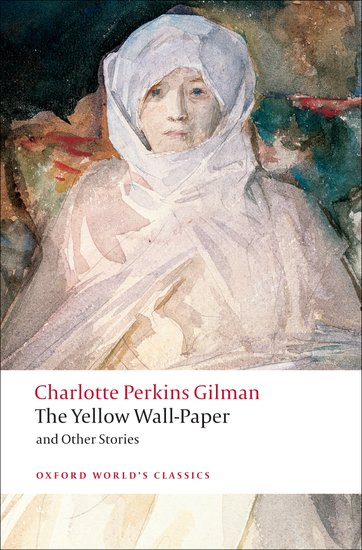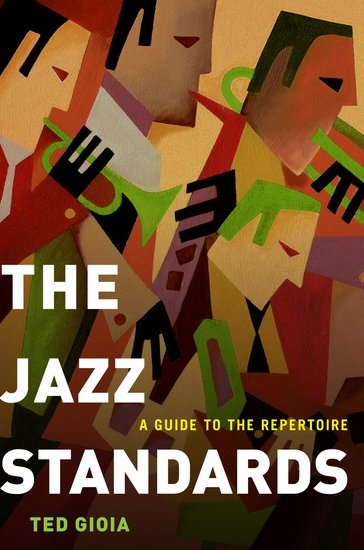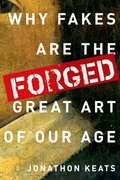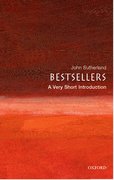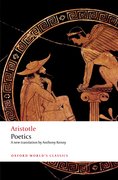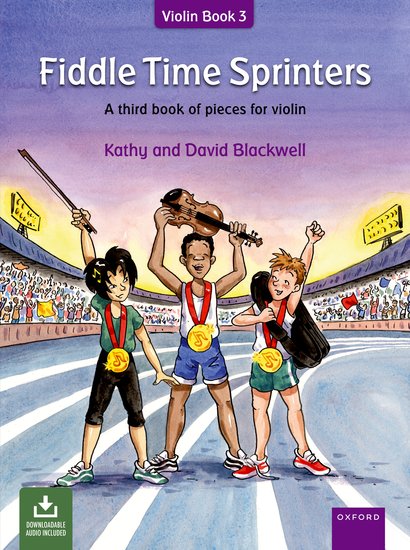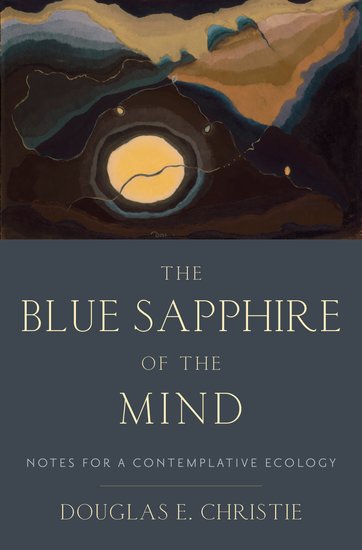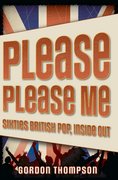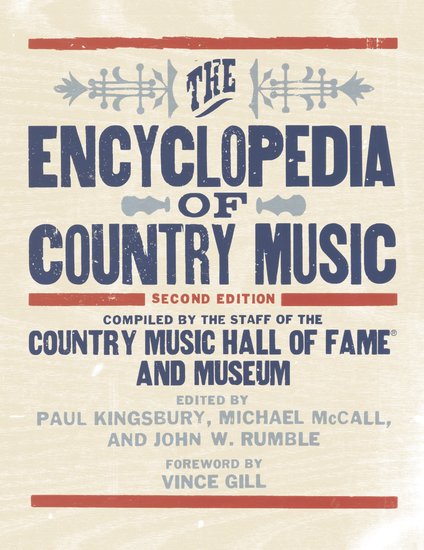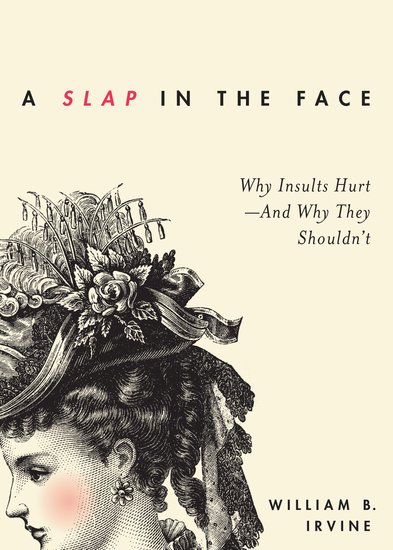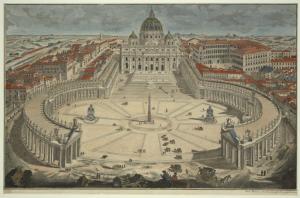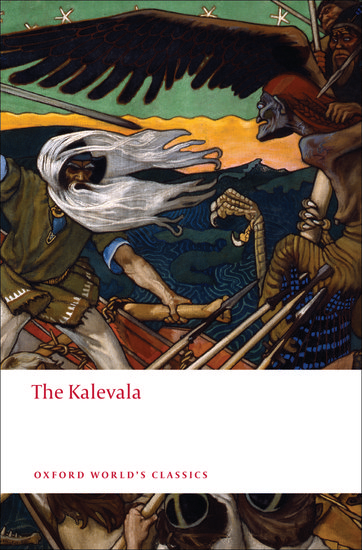A feminist reading list from Oxford World’s Classics
By Kirsty Doole
March is International Women’s History Month, so what better time to suggest some feminist-friendly classics from our Oxford World’s Classics series? Below you’ll find a mixture of fiction, politics, and religion, and while some will probably be familiar, I’ve thrown in a couple of less conventional choices for a feminist list. Agree with these choices? Disagree? What have I missed out? Let us know in the comments.

